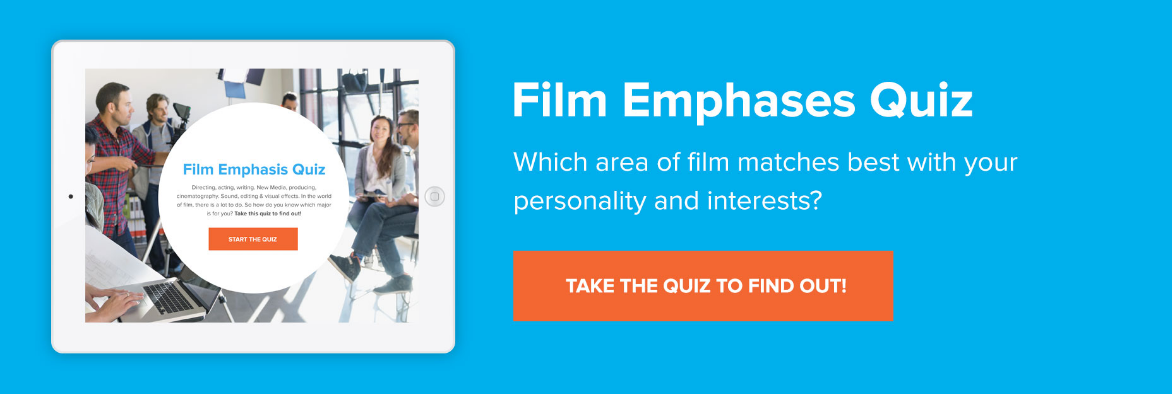I want you to think back to elementary school. What do you remember most? A favorite game you played at recess? A favorite lunch that your mom used to pack for you? How about a favorite school subject? One of the things that I remember most about elementary school is my favorite subject, Reading & Writing.
One of the things that I remember most vividly about that particular subject is doing very basic book reports. The ones where the teacher would ask us to fill out a worksheet outlining the “who, what, when, where and why” of a specific section of the book. We would have to think about all of these little things and how they made up the bigger picture of the entire book.
I thought about these book reports the other day when I was struggling to create a Call-to-Action (or CTA for short) to use in a blog post that I was writing. After a while I came to the realization, “Wow, I am REALLY over-thinking and over-complicating this. I just need to break it down and make things a little bit simpler.” If I had just approached things with the elementary school book report mentality and thought about the CTA that way, I could have saved myself a lot of hassle.
So to help those of you who are looking at adding some CTA’s to your digital marketing materials, I’ve put together these tips for thinking through the “who, what, when, where and why” of Calls-to-Action.
Let’s start at the beginning… and define Call-to-Action!
A Call-to-Action or CTA is a line of text or clickable image that prompts your audience to perform an action on your website or in an email. Generally a CTA directs people to some type of landing page or form where you capture information that you need to consider that person a “lead”. Some common examples of Calls-to-Action include:
- “Call today!”
- “Learn more!”
- “Download now!”
These are very basic examples of CTA’s, some situations might require a CTA with more complex language and messaging. To create a CTA that meets your needs and the needs of your audience, make sure you are considering the “who, what, when, where and why”.
Alright, so let’s get to it!
Who?
Who are you trying to get to click on the CTA? Take some time to think about the group that you are targeting and their preferences. Talk to them using language that they would actually use and create a button that appeals to their visual taste. Take this CTA for example:

It appears at the bottom of a blog post geared toward high school seniors. It uses informal, relatable language and bright colors to grab the attention of quick scrolling youths.
What?
What action are you trying to get your audience to perform by clicking on your CTA? Are you trying to get them to request a quote/ appointment or download a content offer? No matter what the action is, make sure that it’s very clear what will happen once someone clicks on the CTA. One of the best ways to do this is by using clear language and action verbs, like in the example below:
The CTA above clearly tells the audience that when they click, they will start the process to download the worksheet. (Bonus – the CTA even tells you a little more about worksheet and what it can help readers do).
When and Where?
When it comes to CTA’s these 2 kind of go hand-in-hand. Ask yourself, “when are people going to see this post and where are they going to see it?” Is it going to be located at the bottom of a blog post, so people will see it when they are done reading? Or will it be located in the middle of an email or webpage, so people will see it as they are casually scrolling through? The location of the CTA can have an impact on the language you use and what it looks like. For example, if you place a CTA in the middle of a page or email, make sure it is big and bold with attention grabbing language; so people don’t just scroll on by. You want them to stop, click and convert.
It’s also important to consider where the reader is at in their buying journey? Are they ready to take that next step and contact your company? Or are they still in the researching and information gathering phase?
Why?
After you have your CTA created, but before you send it out into the wild. Ask yourself one final time, “Why are people going to want to click this button? Will they be delivered what I’ve promised when they do click?” If you can comfortably answer those questions then unleash your CTA on the world!
Want to learn more about creating an awesome Call-to-Action? Then check out our “Intro to Blogging” Lunch and Learn coming up on Wednesday, May 17th. We will be discussing what it takes to create a winning blog (FYI, one of those things is crafting the perfect CTA! Click the button below to learn more about the event or RSVP!




